Cellular Connections Made Affordable
NB-IoT and LTE-M modules are available in small form factors with low hardware and maintenance costs. They are as affordable as alternative technologies — with added cellular network advantages.
Get to know our cellular LPWA LTE-M and NB-IoT portfolio.
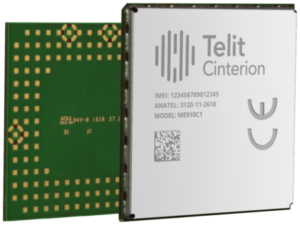
Our LTE-M and NB-IoT (NB1 and NB2) module portfolio supports 3GPP Release (Rel) 14’s Power Saving Mode (PSM) and extended Discontinuous Reception (eDRX). PSM and eDRX allow the module to wake up periodically, exchange small data amounts with the network and return to sleep, providing years of battery life.
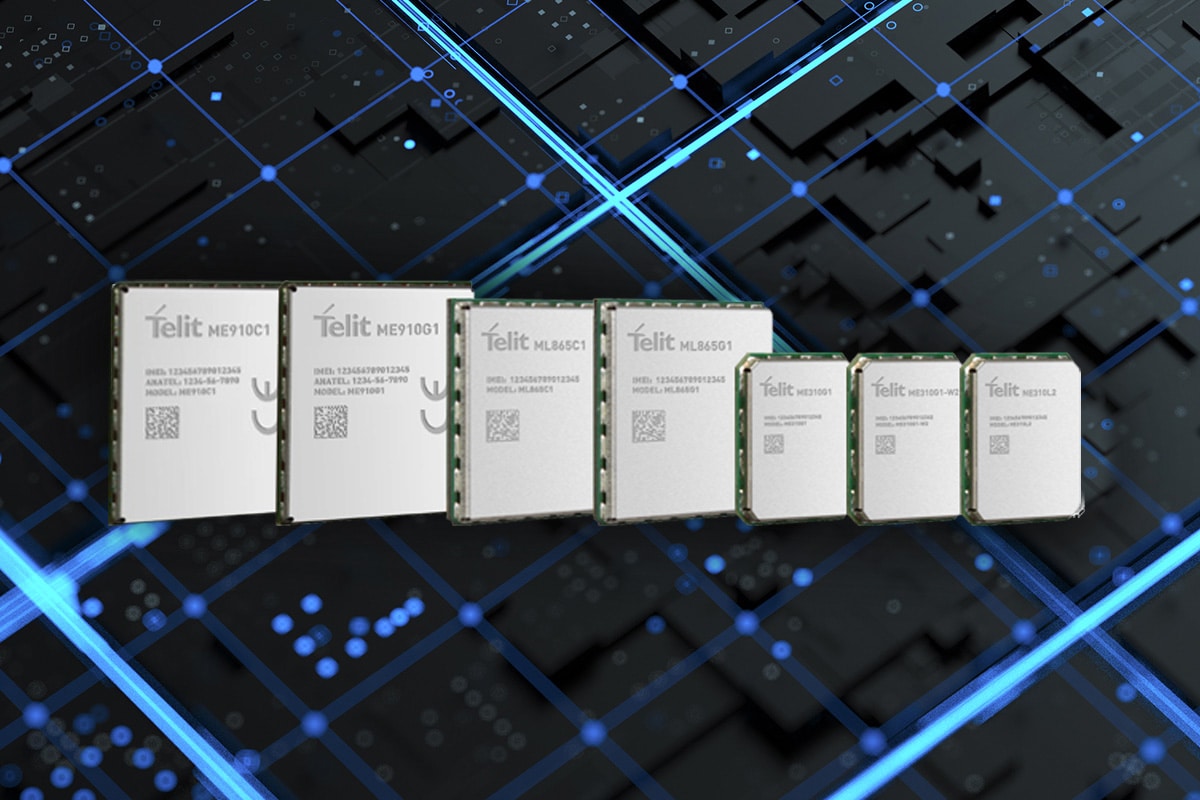
Start fresh with the xE310 family or refresh existing xE910- or xL865-based device designs. You can choose dual-mode LTE-M/NB-IoT modules available with 2G fallback or single-mode NB-IoT and optional embedded GNSS.
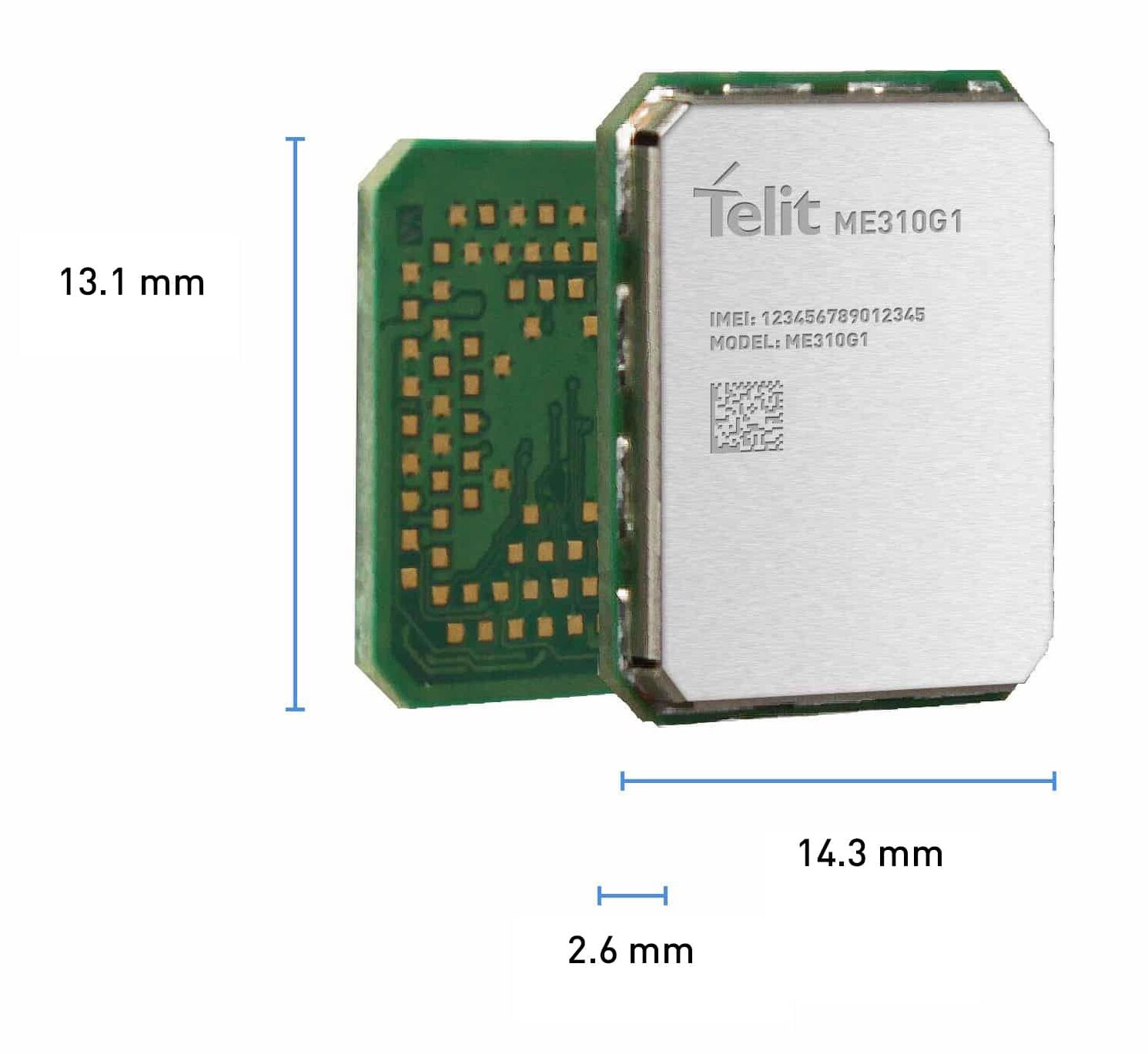
The xE310 form factor family offers single-mode NB-IoT and dual-mode LTE-M/NB-IoT variants that go down to less than 170 mm2. Its LGA form factor is based on a 94-pad grid. The pads include RF and standard spares and functionality bundling with technologies (e.g., positioning and Bluetooth).
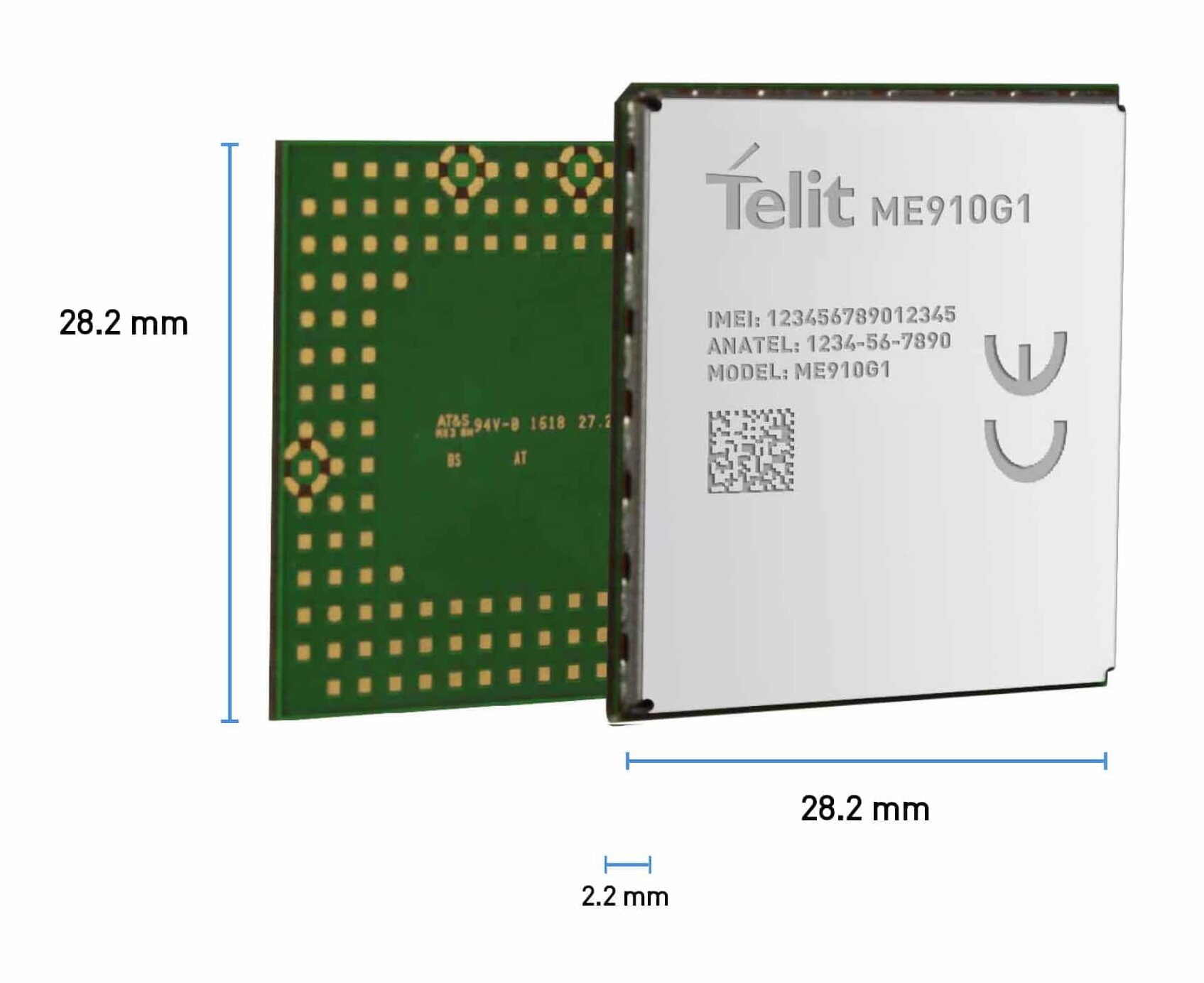
Single-mode NB-IoT and dual-mode LTE-M/NB-IoT xE910 (28.2 x 28.2 mm) and xL865 (24.4 x 24.4 mm) variants replace 2G and 3G versions in existing devices. They can also connect an array of new machines made possible by lower power and better reach and range than higher category LTE.
Today’s cellular LPWA solutions overcome three former obstacles to widespread adoption: cost, in-building penetration and battery life.
NB-IoT and LTE-M modules are available in small form factors with low hardware and maintenance costs. They are as affordable as alternative technologies — with added cellular network advantages.
NB-IoT and LTE-M standards improve propagation into places where normal LTE connections were lost (e.g., subways and elevators). LTE-M can support a 164 dB MCL. Lower power and better coverage.
Device designs that take advantage of eDRX and PSM can minimize power usage. IoT devices can run on quarter-sized batteries for 10 years without recharging or replacing them.
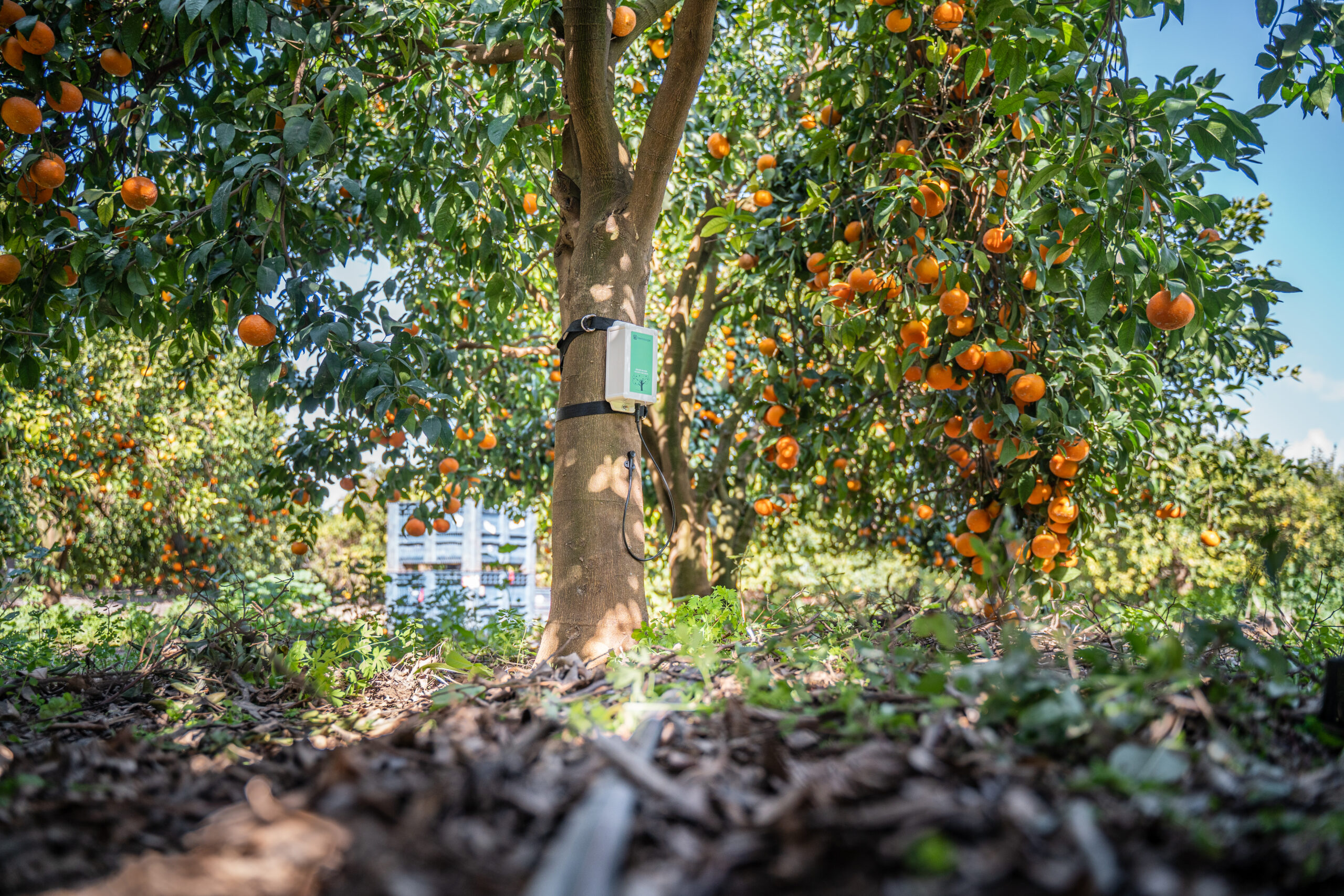

Treetoscope develops precision irrigation and plant monitoring technology. The company’s smart irrigation management solution leverages our IoT modules, connectivity and platforms to enable accurate, reliable insights for crop water use.
Learn MoreWhat Is Mobile IoT?
Mobile IoT (also called cellular LPWA or cellular IoT) networks address the need for long-range connectivity that doesn’t come with unwieldy energy or budget expenditures.
Mobile IoT technology supports devices requiring limited bandwidth to function and aren’t communicating constant information streams. For IoT projects with needs that fit these criteria (e.g., connected sensors and meters), mobile IoT’s focus translates to a longer effective lifetime for battery-powered devices. It also means relatively low costs for powering and maintaining devices — making mass deployment and management possible.
Cellular LPWA Industry Applications
Get Ready for 5G with Mobile IoT Modules
5G is here to deliver next-generation wireless connectivity. It is turning IoT into a massive force for innovation, with billions of devices promising to connect every sector of society. There is a temptation to wait to invest in IoT. However, organizations will need the next few years to learn how to leverage the benefits delivered by 3GPP’s Release 12, 13 and 14 for mobile IoT (LTE-M and NB-IoT).
Investing in cellular LPWA solutions now will allow organizations to reap the most benefits from their 5G investments without disruption and delay down the road. The products available today that align with 3GPP’s Release 13 and 14 are reliable and can scale. These features will allow them to keep pace with the ongoing evolution of IoT-driven applications.
Better with IoT Connectivity Plans
We offer various cost-effective global connectivity subscriptions to support large LTE-M and NB-IoT deployments. Our comprehensive connectivity value-added services and management tools deliver:
These services and more give you control and visibility over every device in your deployment, from dozens to millions.
The New Age of Cellular LPWA
Cellular IoT was once too expensive and impractical for many applications. In 2016, the 3rd Generation Partnership Project (3GPP) introduced new standards and technologies in Release (Rel) 13. Rel 13 enabled companies to build products that are the right cost and size for large-scale IoT rollouts.
Rel 14 furthered those standards and technologies. Today, 3GPP technologies, such as NB-IoT and LTE-M, create unprecedented opportunities for growth and innovation. Cellular LPWA solutions are now affordable and feature-rich. They provide the long battery life, deep in-building penetration and nonstop reliability that market conditions demand.
Cellular LPWA solutions can detect open parking spots in underground structures and even track cargo pallets in transit across the continent. The new age of cellular LPWA solutions has arrived.
We’ve pioneered IoT products and solutions for over 20 years. Speak with our mobile IoT experts today to get started on your cellular LPWA solution.